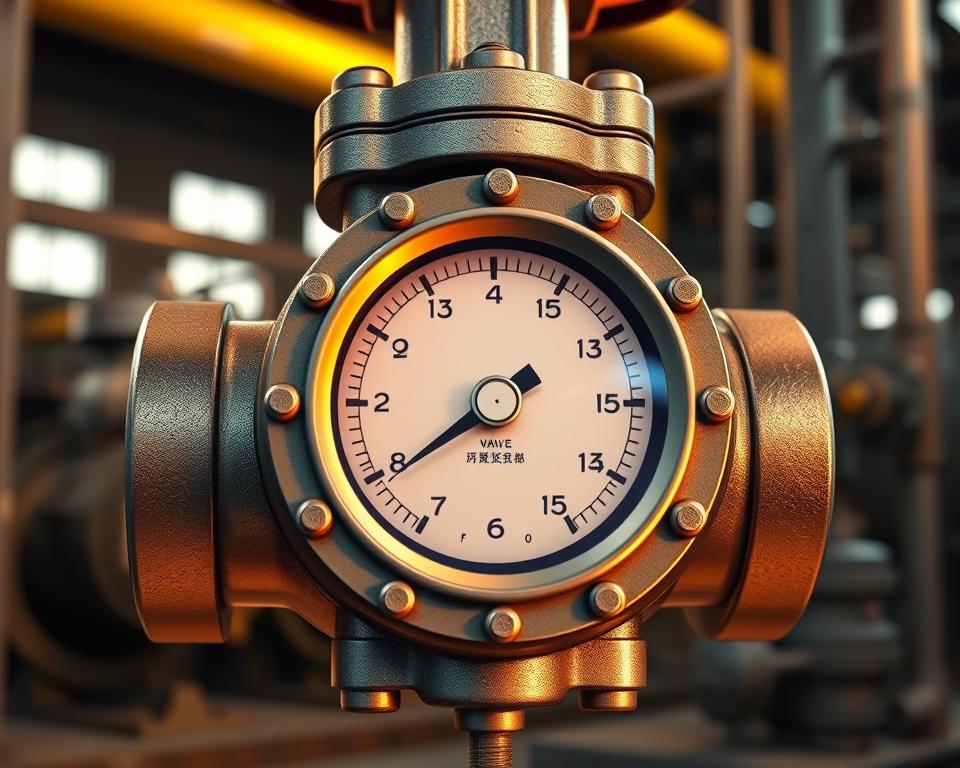Cast-Iron Gate Valves: Durable Plant Flow Control
Good to know: More than 60% of public distribution networks still rely on legacy shutoff equipment for dependable isolation when incidents occur.
Our industrial-grade line of Cast Iron Gate Valve Manufacturer designed for long life in industrial, commercial & municipal use nationwide. Every valve combines a robust body and bonnet with a time-tested gate design to withstand wear and limit corrosion under changing pressure and temperature cycles.
The straight-through gate reduces flow restriction in the open position, helping systems move water and compatible media with less pressure loss. Designers and maintenance teams value the service-friendly serviceability, common connection options, and widely available parts that streamline selection and repairs.
This portfolio covers multiple series and class ratings to fit standard duty ranges, end connections, and operator preferences. You get consistent sealing, uniform operating torque, and economical ownership aimed at uptime and low life-cycle cost.
Key Takeaways
- Built for rugged shutoff and consistent flow control in varied environments.
- Sturdy construction stands up to wear, corrosion, and mechanical stress.
- Gate geometry provides minimal resistance and lower pressure loss.
- Provided in multiple series and class ratings to fit typical requirements.
- Simple upkeep, common parts, and consistent sealing boost uptime.
Reliable, Precise Flow Control with Cast Iron Gate Valves
Precision shutoff valves with precision wedges and machined seats offer steady performance across startup, steady-state, and shutdown cycles. Solid iron bodies and tight seating produce dependable sealing. That consistency ensures safe isolation and reduces unplanned downtime.
Smooth-operating behavior lower handwheel effort and let technicians position the wedge with confidence. Standard stems and accessories make it easy to adapt a valve to manual handles or actuators. Less effort accelerates routine checks and repairs.

Rising vs Non-Rising Stem Performance
| Attribute | Rising-Stem | Non-Rising Stem |
|---|---|---|
| Open/close visibility | High — stem travel shows position | Low — compact design |
| Clearance needs | Requires overhead clearance | Better for tight or buried service |
| Maintenance | Straightforward inspection | Low profile with similar longevity |
When fully opened, the straight-through, full-port passage delivers low pressure loss and efficient flow. Tight sealing cuts leakage risk and helps keep target pressure for downstream equipment. Together, these qualities lower life-cycle cost and boost system uptime across typical commercial/light-industrial applications.
Specs, Designs, and Options for Cast Iron Gate Valves
Key design selections—body material, stem type, and flange standard—influence fit and performance as well as serviceability.
Body and bonnet construction
The body and bonnet are made from cast iron for rigidity and resistance to vibration. Machined guides hold the gate true for reliable sealing.
Comparing Rising and Non-Rising Stems
A rising stem gives a clear visual position indicator and is simple to inspect but needs extra headroom. A non-rising stem saves overhead space and shelters threads in the bonnet.
Both stem designs pair with standard handwheels and can be configured for actuators or external indicator posts when automation is required.
Class 125 Guidance
Class 125 is widely used for water and general service within moderate temps. Verify with published pressure-temperature limits to verify suitability for the intended operating envelope.
Flange Details and Dimensions
| Parameter | Guideline | Remarks |
|---|---|---|
| Flange drill pattern | ASME bolt pattern | Matches common piping systems |
| End-to-end | Per industry series | Check spec sheet for exact dimension |
| Bolting | Use spec’d grade and torque | Select gasket to suit service |
- Range: from small diameters up to large mains with several series and trim packages for wear resistance and ease of service.
- Trim choices and packing: seat/wedge materials optimize tight shutoff and longevity; upgraded packing and bonnet gasketing bolster stem sealing.
- Integration notes: double-check dimensions, bolting, and torque prior to install.
Use Cases, Compliance, and Integration
Applications for these Resilient Seated Gate Valve include municipal mains, building risers/standpipes, and pump room isolation points where consistent shutoff matters.
Water distribution and fire systems often use these devices as sectional and control points. They provide visible status and strong shutoff for life safety and utility networks.
Flow, shutoff, and bi-directional service
The gate design supports shutoff in both flow directions when installed as specified. This adaptability simplifies layout decisions and works with redundant runs.
Maintenance, stem sealing, and bonnet integrity
Accessible bonnet bolts, guided wedges, and serviceable packing make inspection and repacking faster. Right packing setup preserves stem sealing through repeated cycles.
OS&Y Indicators and Best Practices
Outside indicators and OS&Y styles give visible open/closed status for inspections. Even with bi-directional service, follow recommended direction orientation and clearance rules to ensure safe operation.
| Use Case | Primary Benefit | Design Check |
|---|---|---|
| Municipal mains | Secure isolation | Confirm class 125 pressure limits |
| Fire protection | Visible status for AHJ | Use indicator or OS&Y option |
| Pump stations | Maintenance friendly | Verify flange and F2F |
Conclusion
Invest in proven shutoff equipment that pairs sturdy construction with predictable flow control.
These valves deliver durable isolation and reliable control across water and utility systems. Count on straightforward installation and service-friendly upkeep for reliable long-term service.
Key specs include Class 125 rating, a strong body/bonnet set, and engineered stem sealing to keep performance steady across building and plant environments.
Multiple series and common sizes, along with handwheel or actuator-ready configurations, make system matching simple. Clear position indication and low-friction stem travel boost daily operation and response under variable conditions.
The gate wedge and seat delivers tight shutoff and low pressure drop. Verify sizes, end connections, and accessories at specification time to accelerate purchasing and commissioning.
Choose valves manufactured to stringent standards. Our specialists can validate class, sizing, and series to match your operating and maintenance objectives.